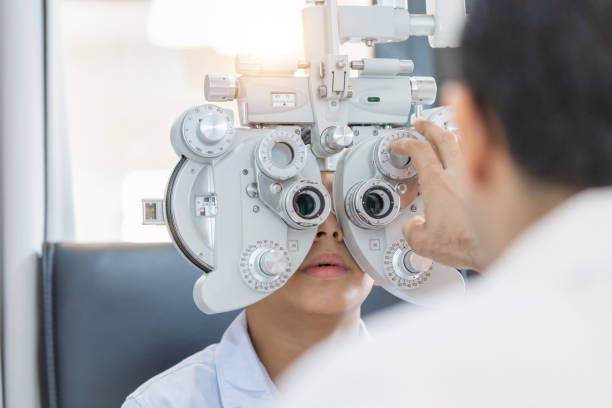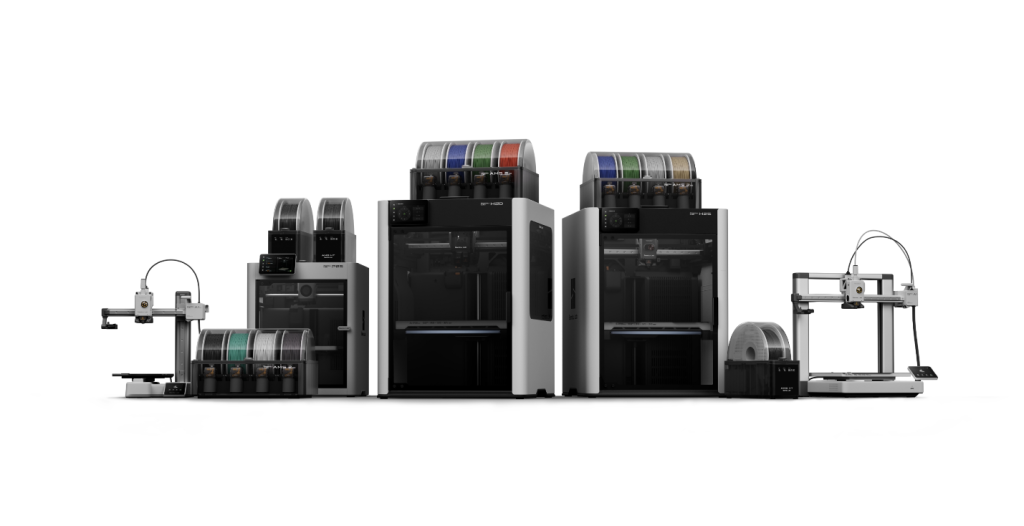Why scale matters when the disease is slow but relentless
Dry age-related macular degeneration progresses in quiet increments that add up to meaningful loss. Clinics see this trajectory every week, yet most interventions have focused on watchful waiting rather than proactive support. Photobiomodulation offers a noninvasive option that targets retinal bioenergetics and microvascular dynamics, which is why interest has moved beyond single-site pilots into system-wide adoption. The question for scientific readers is no longer whether light can modulate retinal physiology but how to implement dosing, measurement, and safety at scale so results remain reproducible across operators and clinics.
Patient selection that privileges biology and behavior
Loden Vision Centers ophthalmology team in Nashville succeed with photobiomodulation when candidacy aligns with both disease biology and the patient’s capacity to adhere to a multi-session protocol. Early to intermediate dry AMD with intact central fixation, preserved ellipsoid-zone continuity on OCT, and manageable drusen burden tends to yield more measurable functional gains. Tear film stability matters because a comfortable ocular surface supports reliable fixation during treatment and improves repeatability in follow-up testing. Behavior matters as much as biology.
Patients who can attend scheduled sessions, follow surface-care advice, and complete standardized visual testing provide a cleaner signal that can be audited over time. A clear inclusion script that uses the same language across counselors and physicians prevents drift and keeps the responder phenotype consistent.
Protocol design around dose, timing, and the biphasic curve
Retinal tissues respond to photobiomodulation within a therapeutic window that respects a biphasic dose – response curve. Clinical protocols should therefore standardize wavelength, irradiance at the retinal plane, exposure time, fixation geometry, and room luminance. Fixed device presets reduce operator variance. Consistent session spacing limits cumulative overexposure while allowing bioenergetic and vasodynamic effects to consolidate.
The schedule that many services adopt begins with an induction series followed by preplanned maintenance intervals, but whatever cadence a clinic uses must be written, taught, and audited. Scientific programs fail not for lack of technology but for lack of dose discipline.
Workflow integration that preserves precision without slowing clinic flow
Retina services thrive on predictable chair time. Photobiomodulation integrates best when clinics assign a dedicated room with stable ambient lighting, maintain a short checklist for device readiness, and build five-minute buffers between sessions to document parameters. OCT acquisition and mesopic functional testing should bracket treatment blocks on predefined days so that longitudinal datasets pair exposure with outcomes.
When possible, dilation is avoided to streamline throughput, but if dilation is medically required for another reason, note it because pupil size changes retinal light delivery. The goal is to treat with scientific precision while maintaining the cadence of a busy service line.
Data infrastructure that turns visits into science
A therapy that claims physiologic impact must be paired with outcomes that matter to patients and payers. Clinics should capture structural stability on spectral-domain OCT, but function deserves equal weight. Mesopic contrast sensitivity, low-contrast letter acuity, microperimetry mean sensitivity, and standardized reading performance under fixed luminance provide early indicators of benefit that high-contrast acuity often misses.
A single dashboard that time-stamps device parameters alongside these metrics creates a durable record that stands up to internal review and external scrutiny. The most persuasive programs make their data easy to audit and easy to learn from.
Safety oversight with explicit pause criteria
Safety is a protocol, not a promise. Each session should include a brief tolerability check and a standing triage path for unexpected visual changes. Interval OCT guards against exudative conversion; when neovascular features are suspected, the eye exits photobiomodulation and enters the standard anti-VEGF pathway until stability returns.
Documenting these decision points in the electronic record ensures consistent action across clinicians. Patients should hear the same message every time: this therapy supports retinal health but does not replace surveillance or urgent care when new symptoms arise. Clear guardrails protect patients and strengthen the scientific credibility of the program.
Equity, access, and the ethics of a noninvasive option
A noninvasive, chair-based therapy can widen access if clinics plan for it. Evening blocks, clustered appointments for caregivers, and transportation partnerships reduce missed sessions for older adults. Providing written explanations in plain language and multiple languages improves informed consent and adherence. Equity is not an afterthought in translational science; it determines who actually benefits from the bench-to-bedside journey. When a program measures access as carefully as it measures acuity, it aligns scientific rigor with real-world ethics.
Economic evaluation that looks beyond a single invoice
Health systems often ask whether photobiomodulation is “worth it.” A narrow answer focuses on device costs and staff time. A scientific answer accounts for avoided functional decline, preserved independence, and reduced downstream complexity. Measuring sustained reading speed, night navigation confidence, and stable microperimetry over time provides proxies for real-world value. When clinical teams publish both outcome curves and operational metrics, the field gains a full accounting that administrators and clinicians can trust. In an era of value-based care, credible functional gains paired with predictable operations form the foundation of adoption.
Lessons from early adopters: standardize what you can, personalize what you must
Programs that scale successfully treat some variables as fixed and others as personal. Device presets, room luminance, and test batteries belong in the fixed column. Ocular surface optimization, fixation coaching, and maintenance cadence can be personalized based on response. The science improves when clinics agree on the constants and justify the variables in writing. In practice, this balance preserves internal validity without ignoring individual differences.
Research priorities that move the field forward
The next phase of photobiomodulation research should answer three practical questions. First, which baseline features best predict magnitude and durability of response, and can we build a simple, clinic-ready score that guides candidacy? Second, what maintenance schedule sustains gains with the least burden, and how do we define booster timing using objective thresholds rather than calendar tradition? Third, how do perfusion metrics and metabolic surrogates change alongside function, and can those biomarkers help refine dose? Multi-center collaborations that pre-register protocols and share core outcome sets will shorten the path from promising reports to widely accepted guidance.
A clinician’s view from the exam lane
“At Loden Vision Centers, ophthalmology succeeds when mechanism meets meaningful function,” says David Carrico, OD. “We integrate retina imaging with carefully dosed photobiomodulation so patients with dry AMD can translate cellular support into everyday wins: reading longer, recognizing faces faster, and navigating dusk with more confidence.”
Conclusion: Build a program the data can defend
Implementing photobiomodulation for dry AMD at scale requires more than purchasing a device. It asks for dose discipline, standardized measurement, explicit safety guardrails, and a commitment to equitable access. When clinics document exposure with the same care they apply to OCT scans, and when they select endpoints patients can feel, photobiomodulation becomes a defensible part of a modern retina service line. Scientific credibility and patient impact rise together when the program is designed to be audited, replicated, and continuously improved.





















